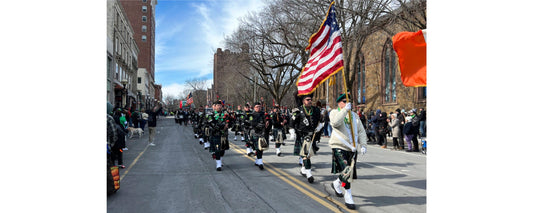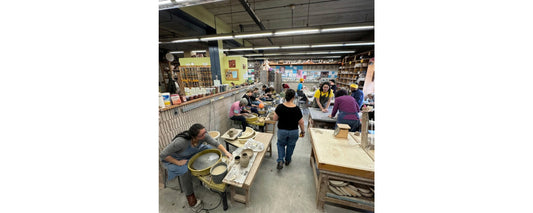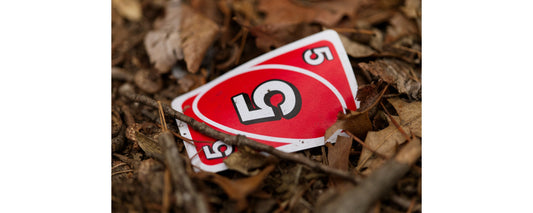It’s low tide on a shoal off the coast of Milford, and I’m digging for treasure—not gold rings or silver coins but rather shellfish buried in the mud.
I’m looking specifically for the soft-shell clam, colloquially called the steamer, a filter feeder that “digs a deep burrow and extends its long siphon to the surface to feed,” according to the Connecticut Department of Agriculture, which posts recreational shellfishing rules and guidance on its website. That siphon is crucial to my hunt; when I pick up a rock and throw it to the ground, it startles the buried creatures, who pull the siphons back into their protective shells and send telltale spits of water into the air.
sponsored by
I make my way to the shoal’s tip, and there’s nobody superterranean here except me and the seagulls. In the distance, a small boat bobs up and down and a standup paddleboarder floats along. It’s quite peaceful, even when I’m picking up a rock and throwing it to the ground.
And there it is: the spit. My adrenaline spikes, and I put my kneeling pad down, scraping away a layer of rocks so I can dig with my pronged gardening tool. First, I find a couple of mudders. That’s what I call them, though my clamming buddy calls them imposters: shells filled with mud, not clams, because somebody else, maybe a moon snail, has already eaten them. Or it could be natural mortality, according to a local fisherman who calls them clappers.
I toss the clamless shells aside and continue digging. Soon I find my evasive quarry, scooping it from the mud and dropping it into my cooler. I search on, scouring the same hole, widening and deepening it, getting lost in the search and the thrill. I find what at first looks like a charcoal-colored rock but turns out to be a good-sized clam. And then I find another and another. I’m up to about a dozen already, still working the same hole, digging down maybe six inches but primarily clearing earth laterally as I look for the bivalves secreted along the edges of this sandy cavity.
Then, as the tide starts rolling in, it’s time for me to go. I gather my tools and my catch, the seagulls screeching their goodbye or good riddance, and I head home to Google chowder recipes.
Written by Jill Dion.








